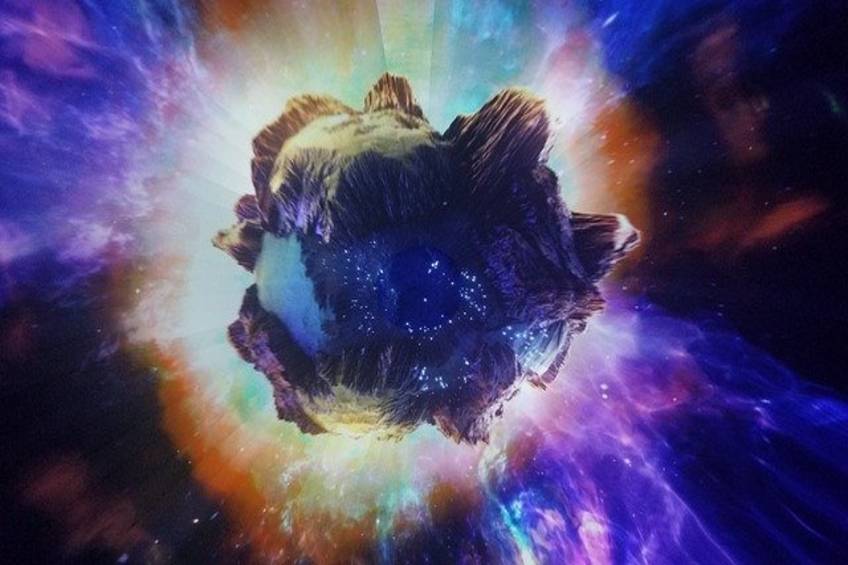What are Asteroids in Astrology?
Asteroids make up millions of smaller objects within our solar system. The astronomer, William Herchel, termed these objects “asteroids,” meaning “star-like”. Within Astrology, most asteroids are located on the asteroid belt between Mars and Jupiter.
They range from 6 meters to almost 1 kilometer across. Out of the millions of asteroids within the solar system, only 5% are named and numbered by the International Astronomical Union (IAU). The names asteroids in Astrology are given range from mythological figures, colors, city, and country names, and even after icons in pop culture.
Asteroids in Natal Chart Analysis
Not all natal charts have significant connections with asteroids. However, exploring asteroids within a natal chart adds an extra dimension of analysis.
They allow for extra insight into the natal chart with regards to problematic and unexplainable planets. Most asteroid conjunctions to natal chart planets can have a significant impact if they are located within an orb of 1 to 5 degrees maximum.
The exception to this would be one of the four major asteroids, as we will discuss next. The rule of thumb for any of the four major asteroids is an orb of 3-4 degrees, and consideration of all major aspects such as conjunctions, squares, oppositions, sextiles, and trines.
The Major Four Asteroids in Astrology
The Four Major Asteroids in Astrology was discovered at the beginning of the 19th century. These four asteroids are Ceres, Pallas, Juno, and Vesta. These four asteroids are the largest asteroids in the asteroid belt, which is the belt located between Mars and Jupiter. These four asteroids were all given Roman feminine Goddess names. It has been said that each asteroid represents a different version of the divine feminine.
The Ceres Asteroid in Astrology
Ceres is referred to as the dwarf planet along with Pluto and Eris. This asteroid was discovered on New Year’s Day in 1801. Ceres has been said to represent the Goddess of nurturing and motherhood within a natal chart. Ceres is attributed to the zodiac sign of Cancer.
The Pallas Asteroid in Astrology
The second of the four asteroids to be discovered, Pallas was discovered in 1802. The mythology of Pallas is attributed to the Goddess Athene. Pallas represents a wise feminine spirit. Within a natal chart, Pallas often represents areas of higher knowledge, creative intelligence, and the arts.
The Juno Asteroid in Astrology
The third of the four asteroids to be discovered, Juno was discovered in 1805. In Greek mythology, Juno (or the Greek Hera) was wife and consort to Jupiter, making Juno exhibit partnering energy. Juno can represent important partnerships and marriages. Juno’s position within a house within a natal chart can indicate what area of life is affected by its energies.
The Vesta Asteroid in Astrology
Vesta is the last of the four major asteroids to be discovered. It was discovered in 1807. In Greek mythology, Vesta is a sister of Juno and Jupiter and also a female virgin. Her astrology symbol is a flame because she is the brightest of the four asteroids. Vesta often represents one’s commitment to service and to their eternal self. In a natal chart, the location of Vesta can indicate singleness, sexuality, and area of life where the energies of Vesta may manifest.




